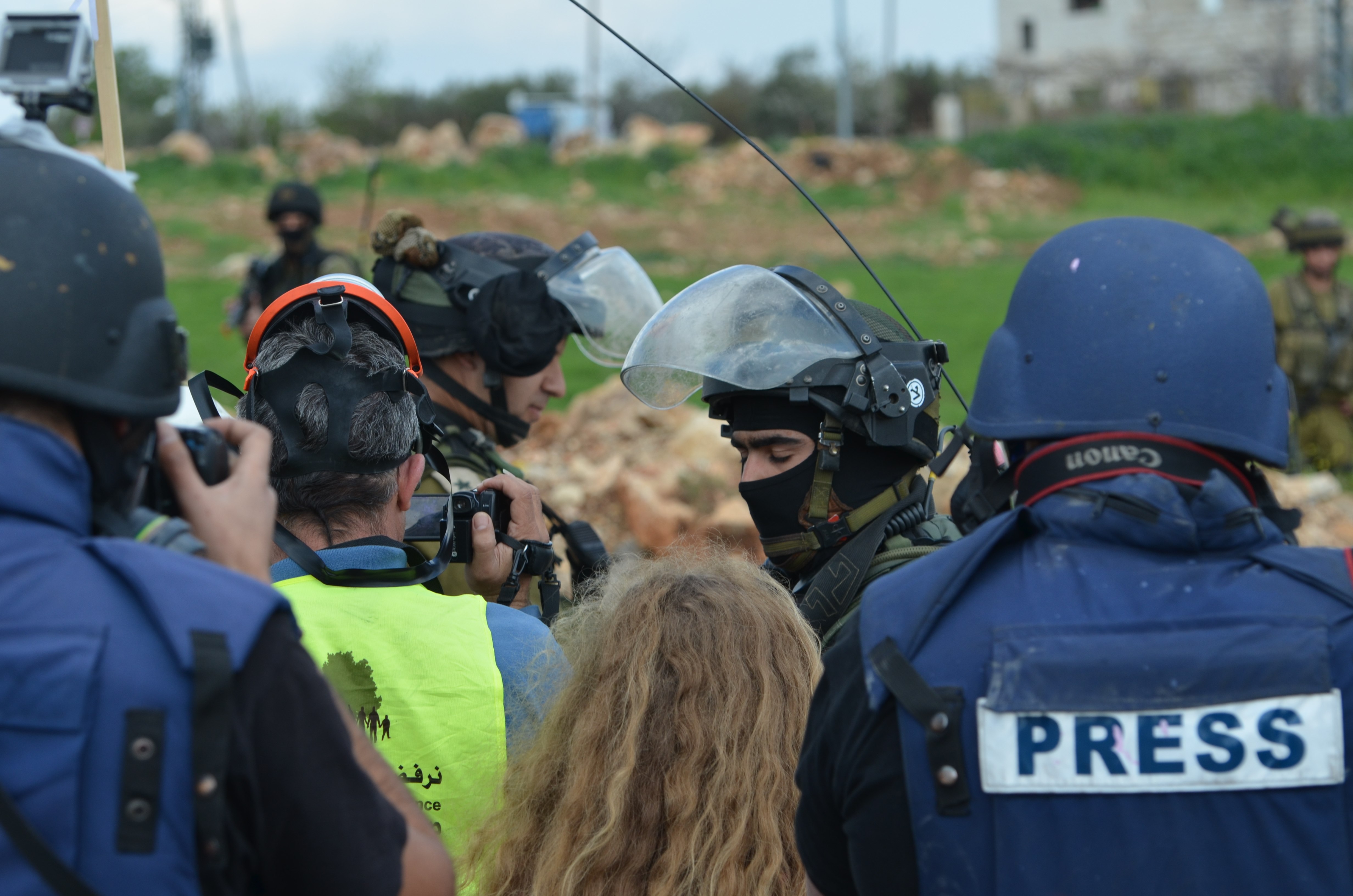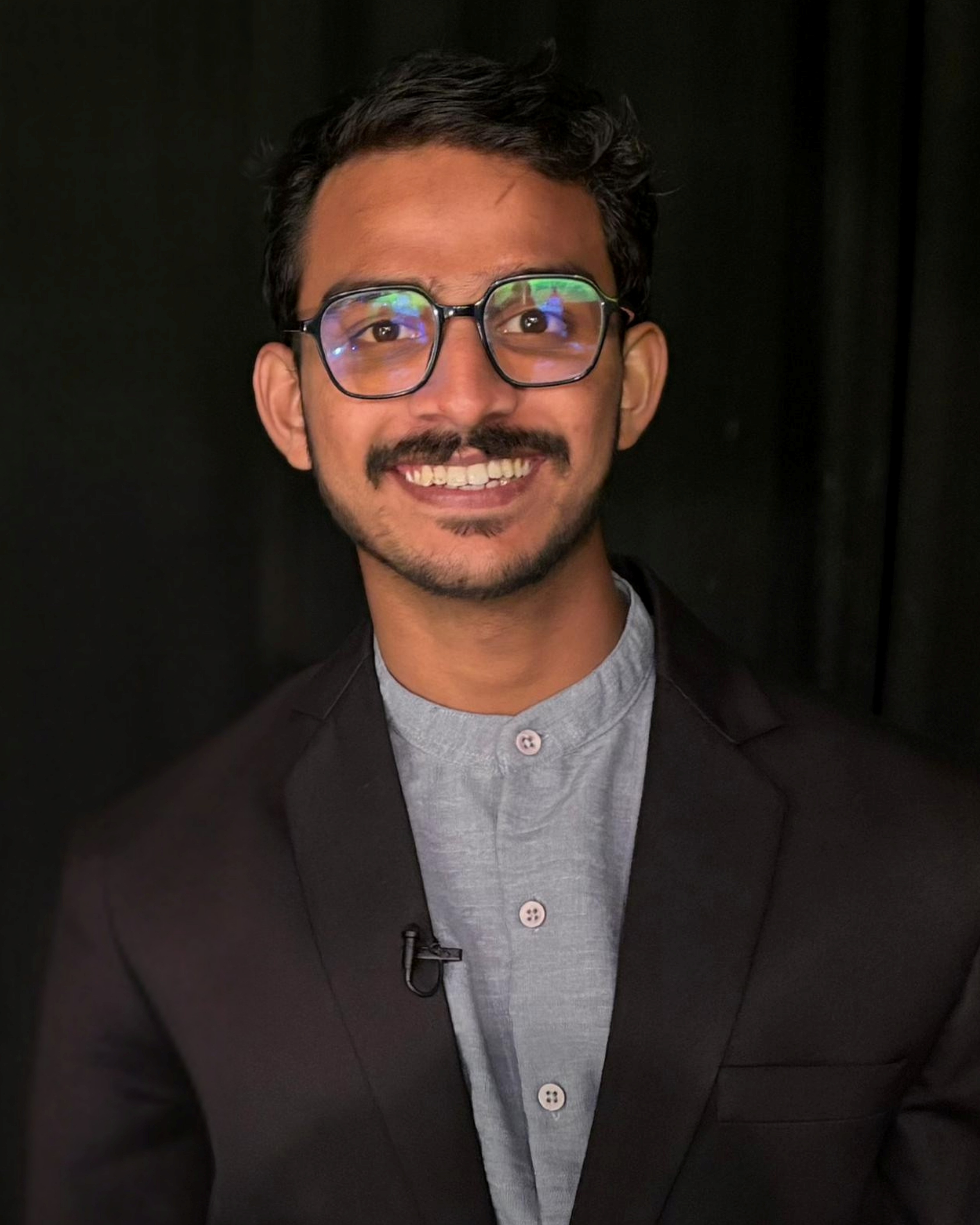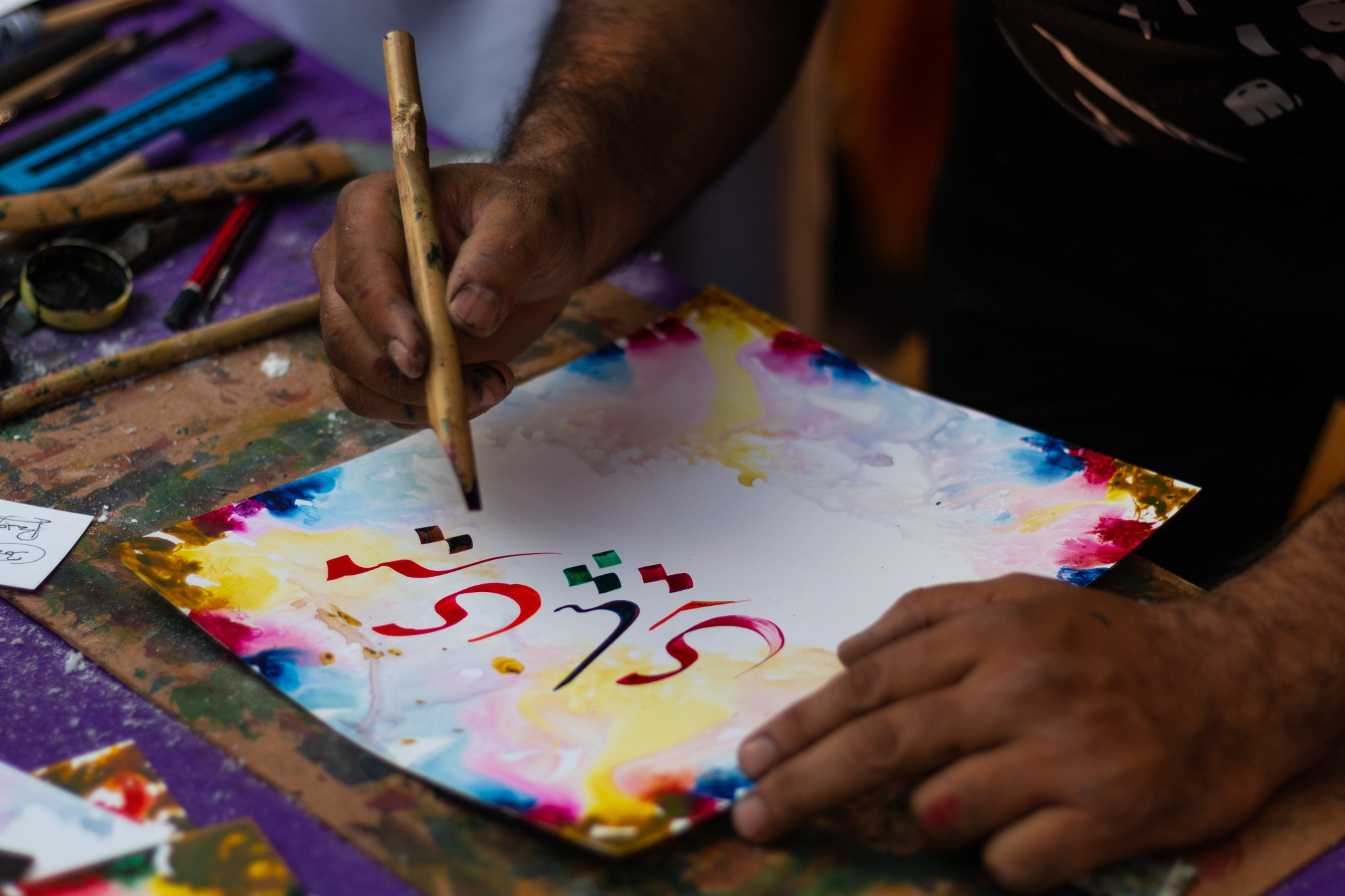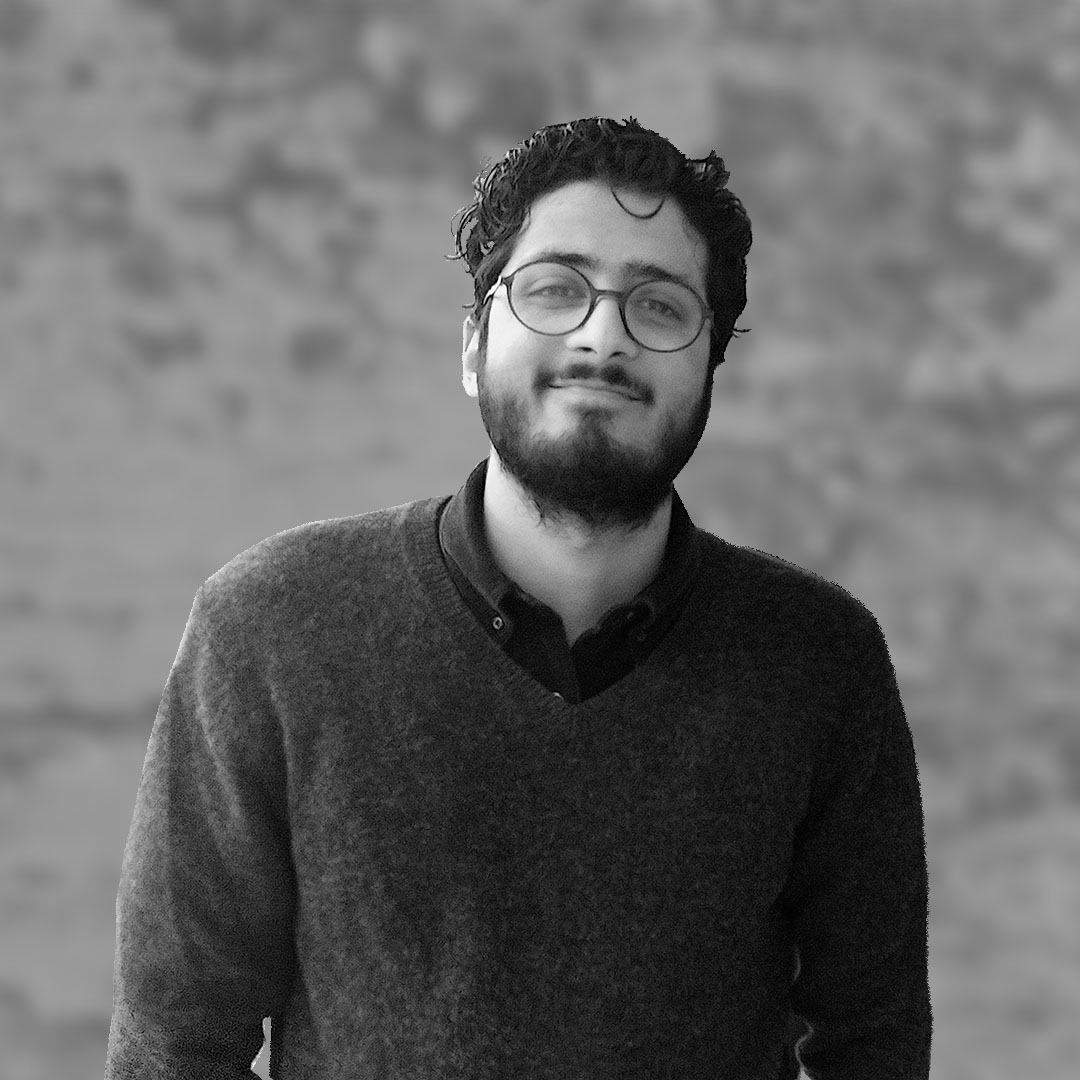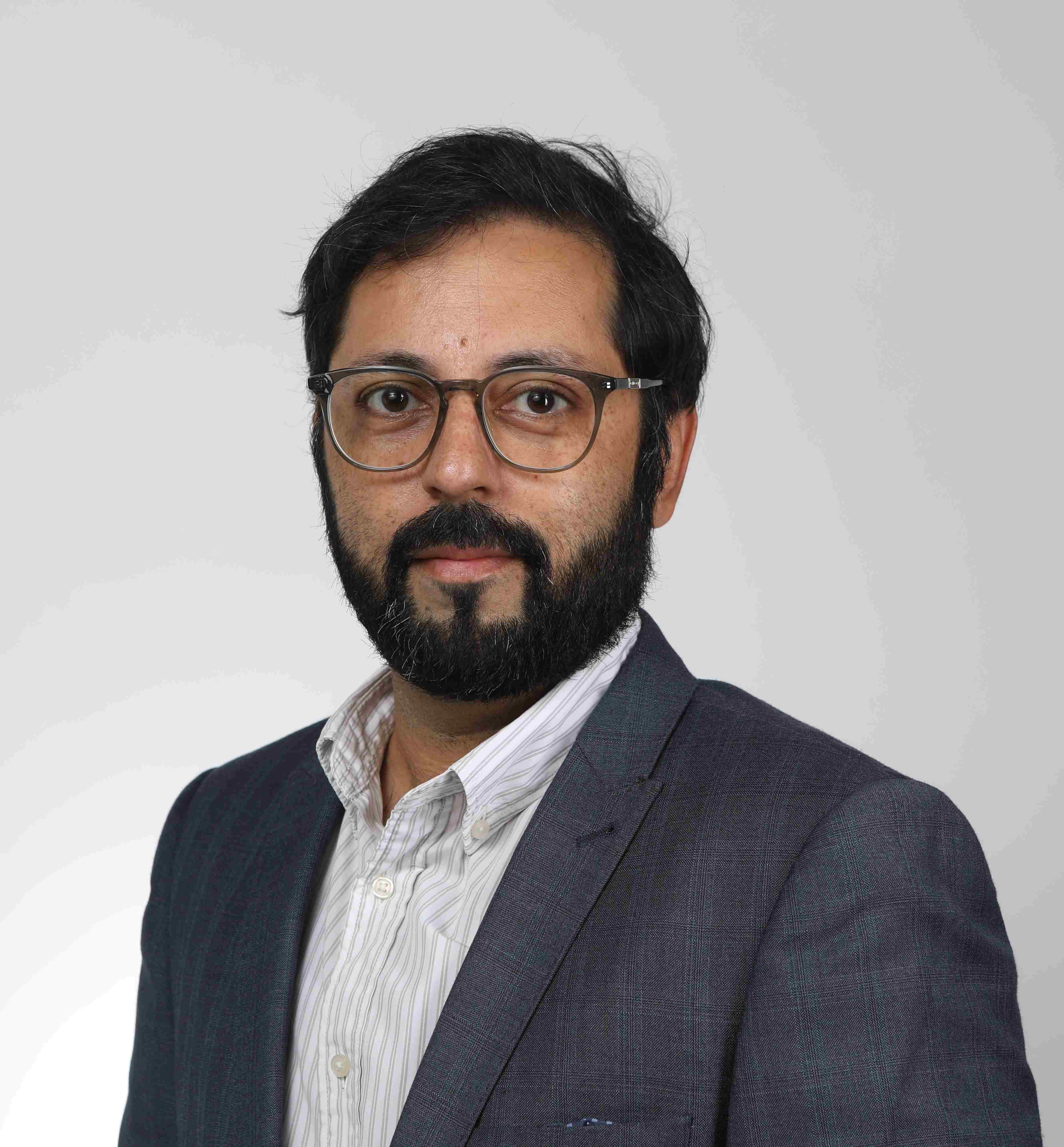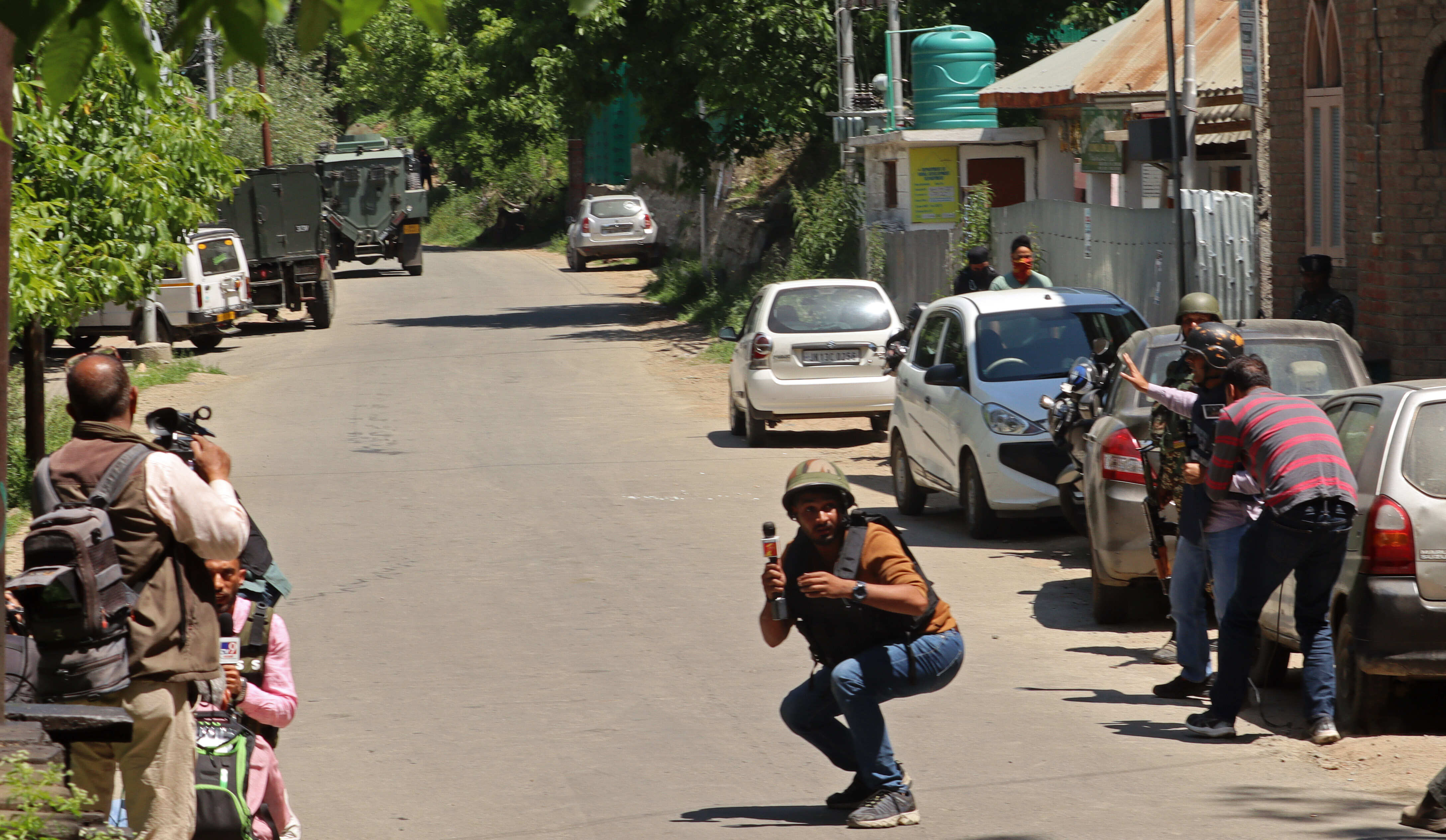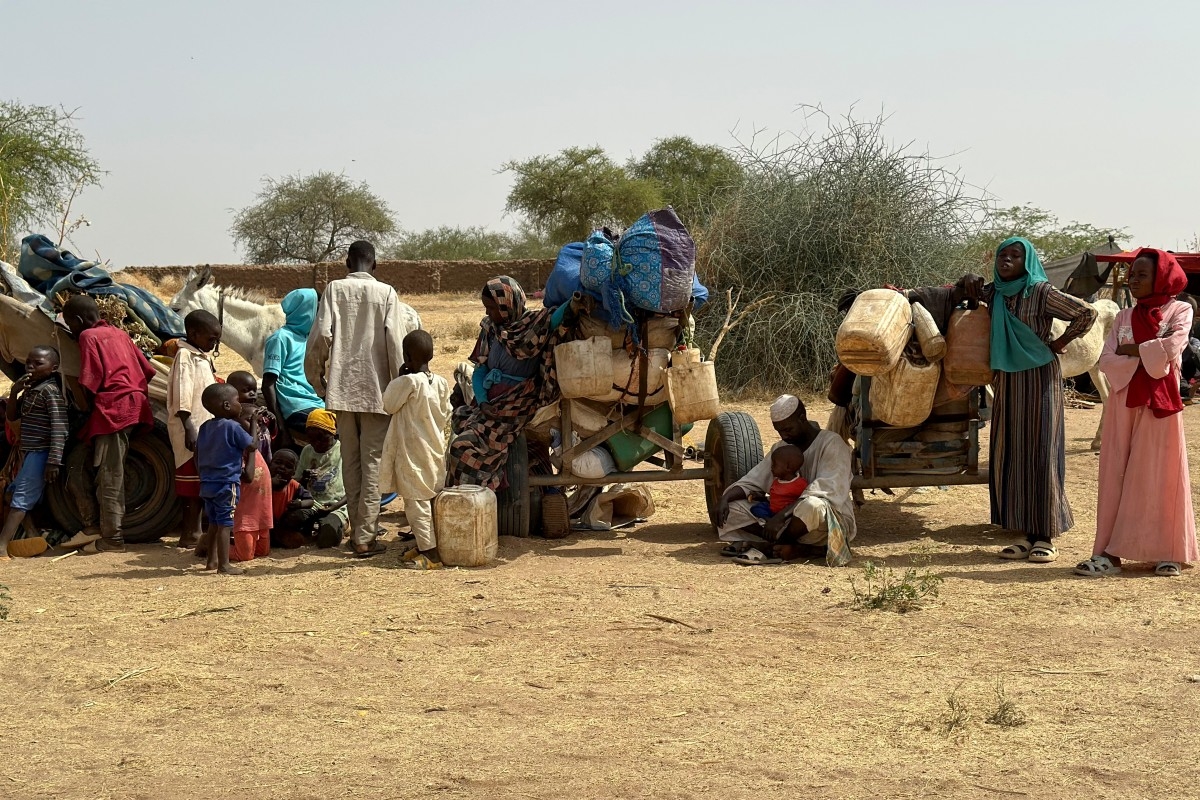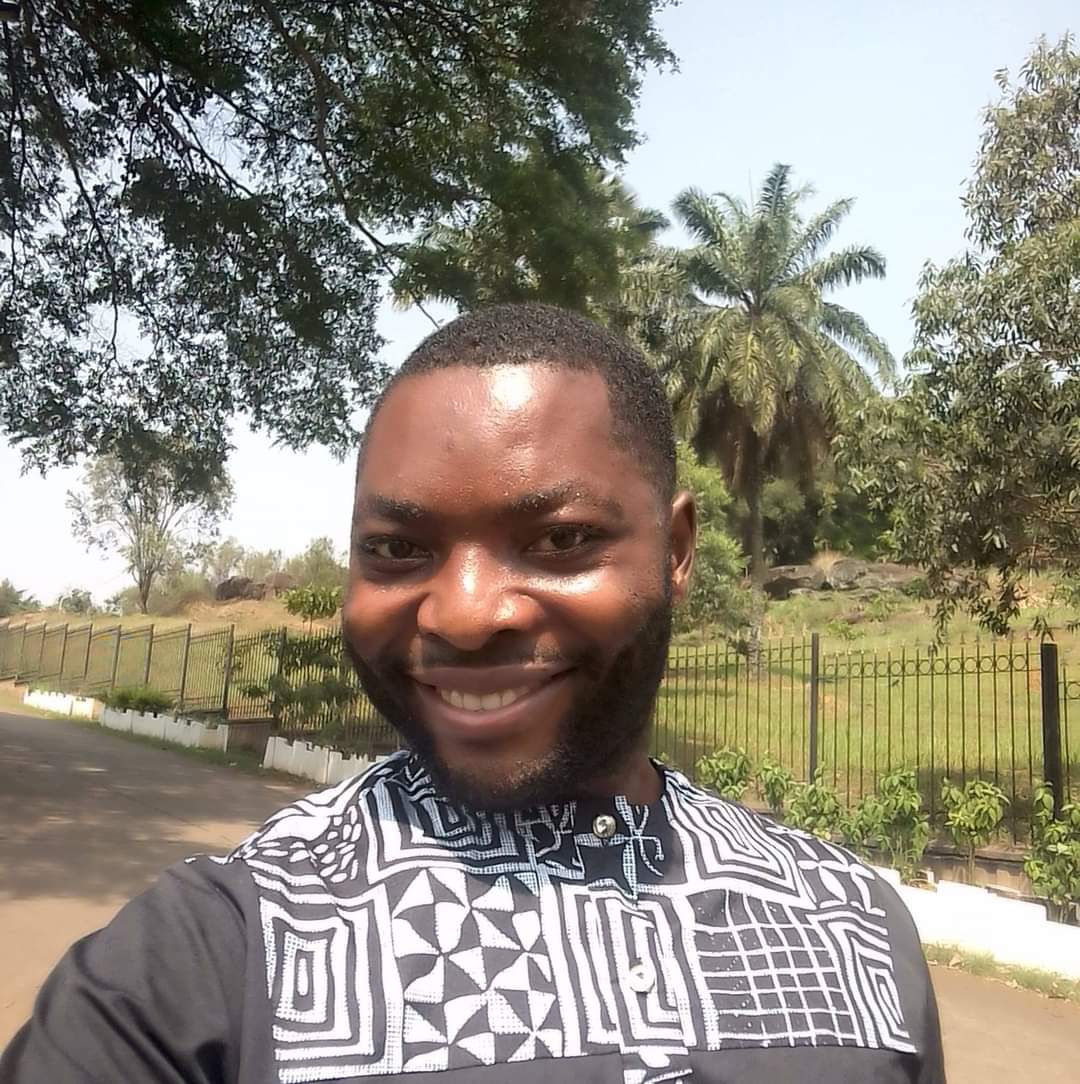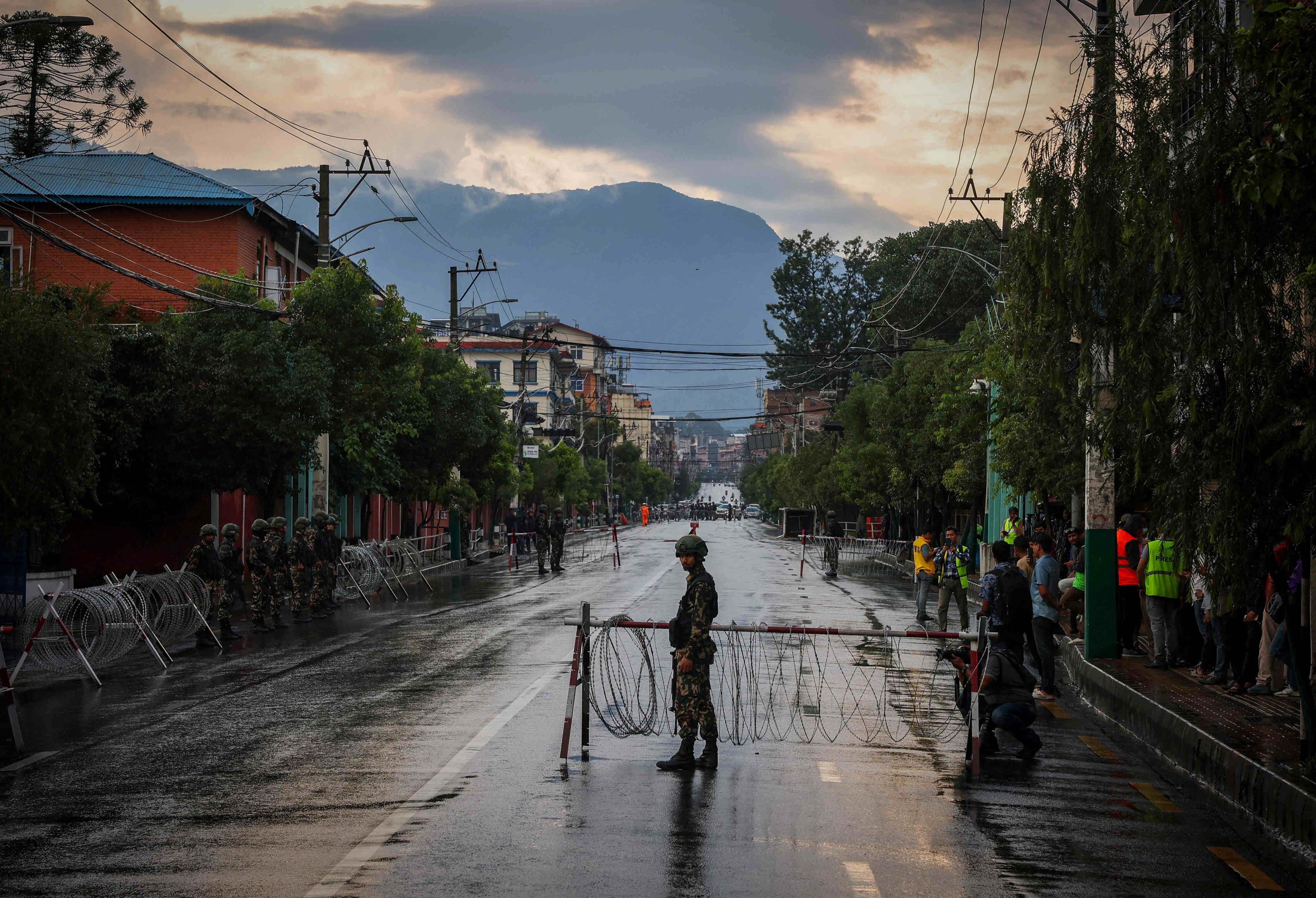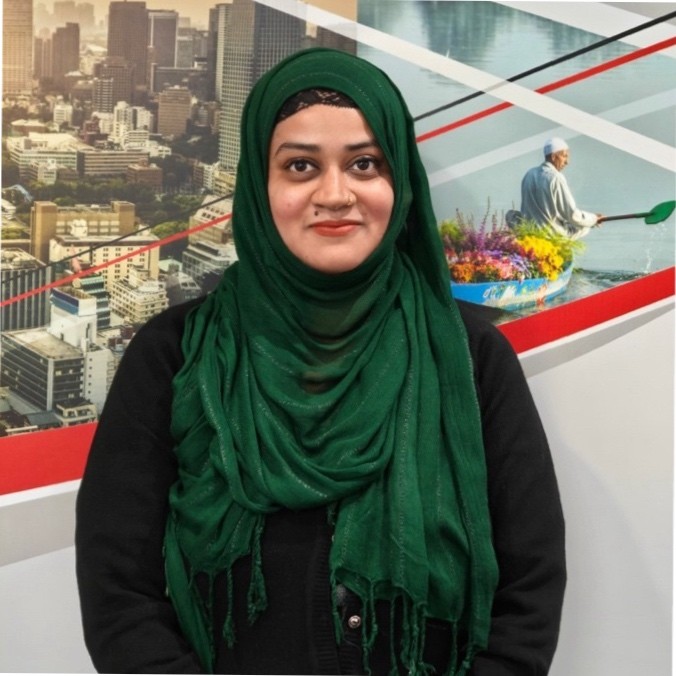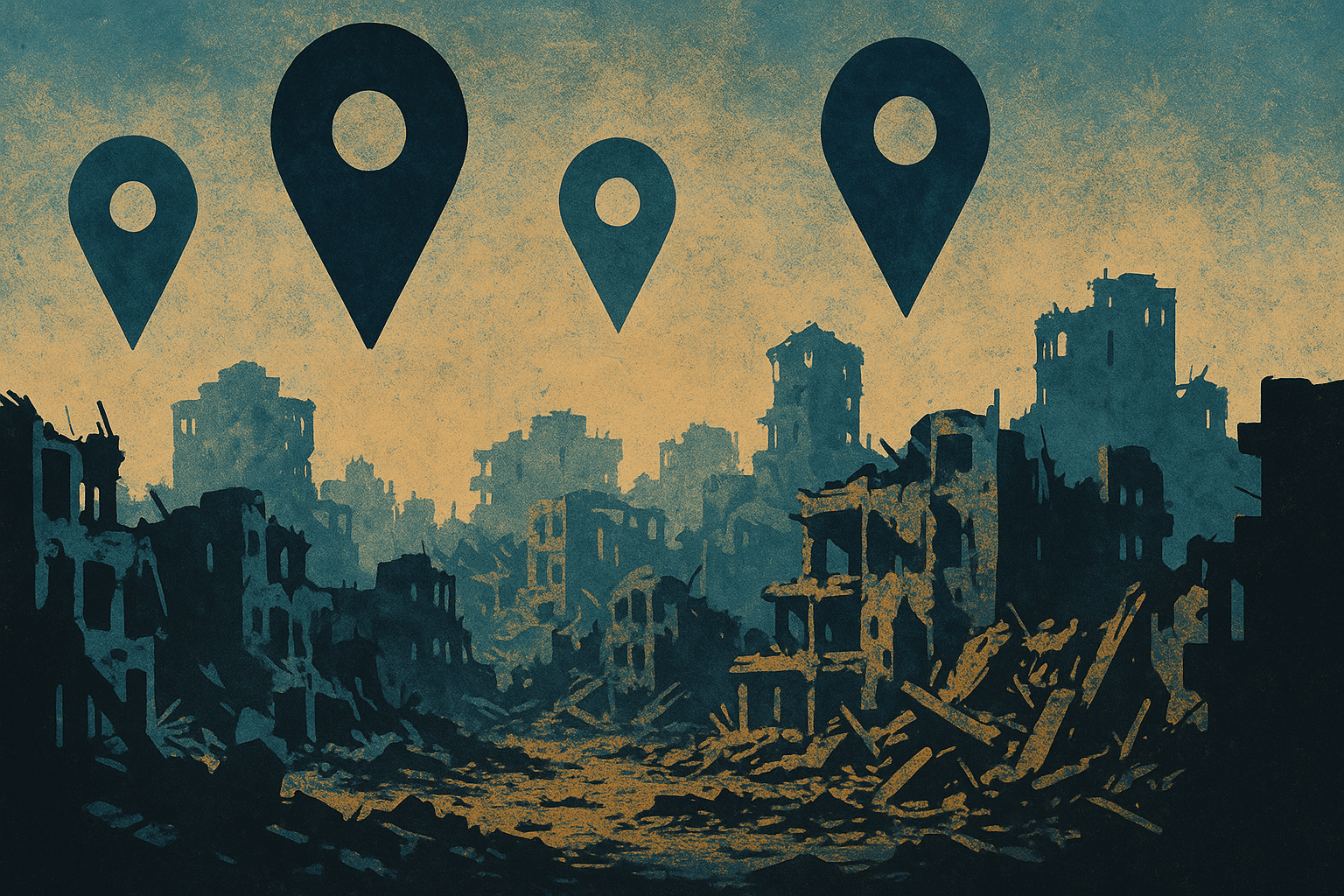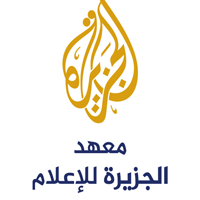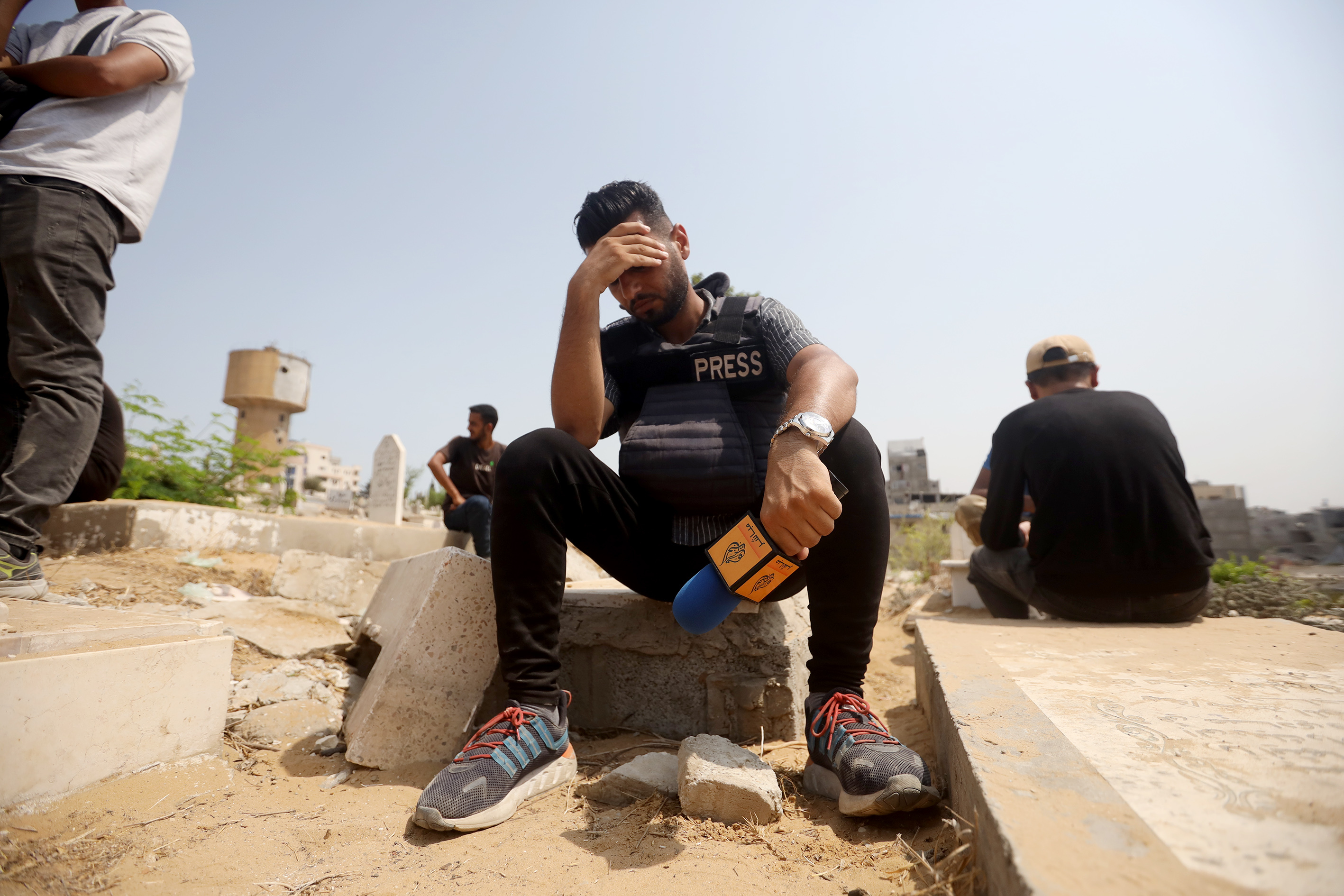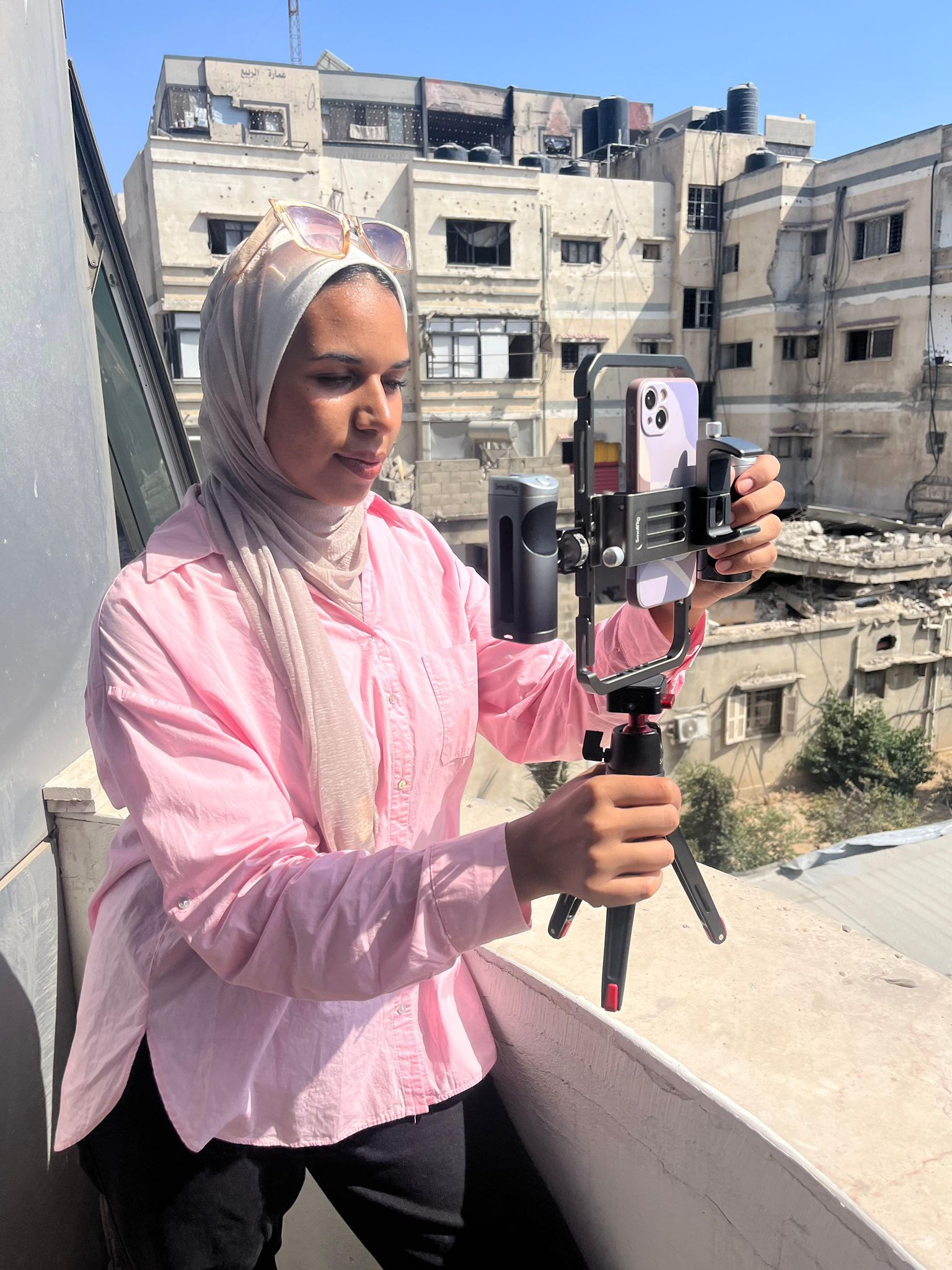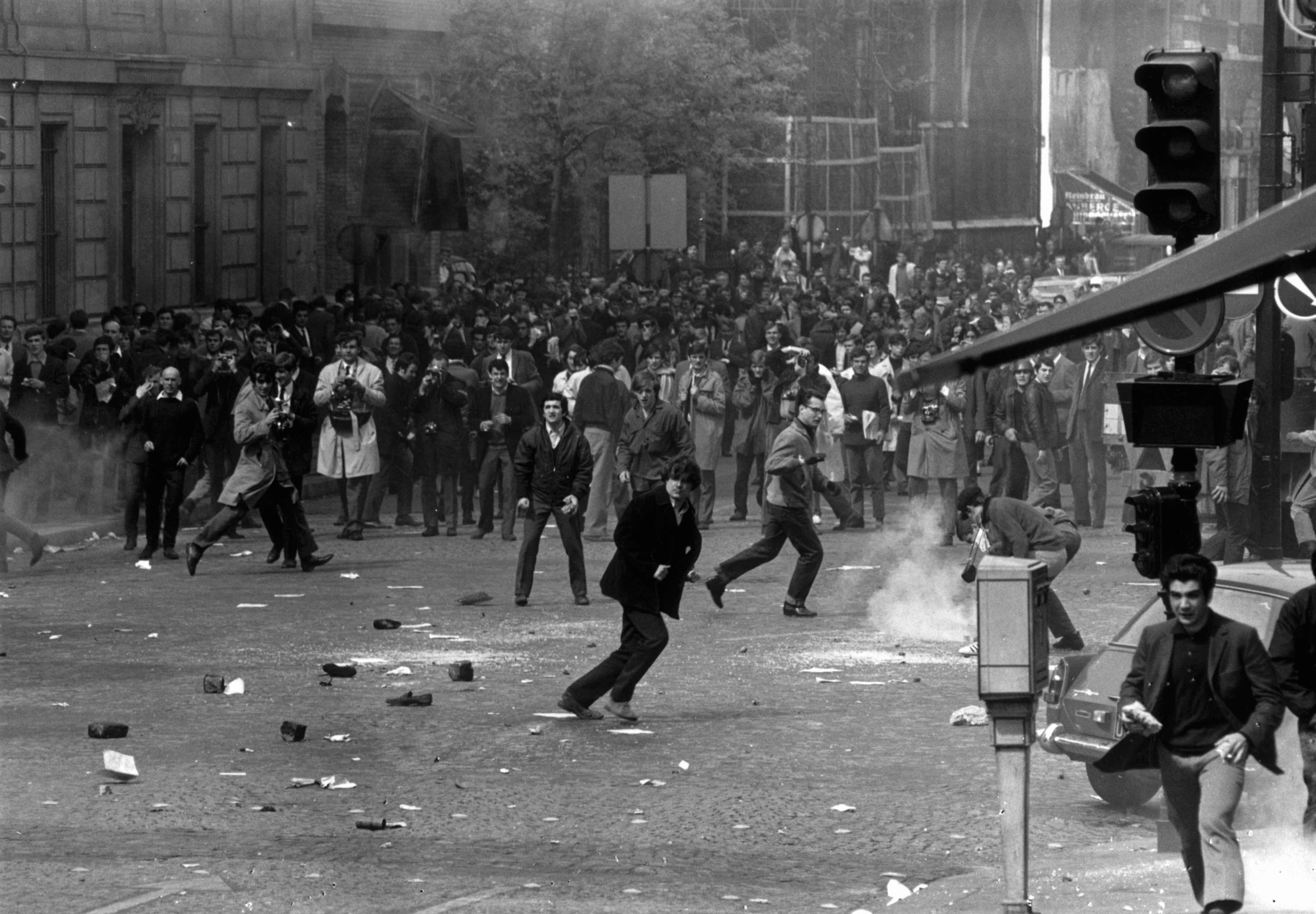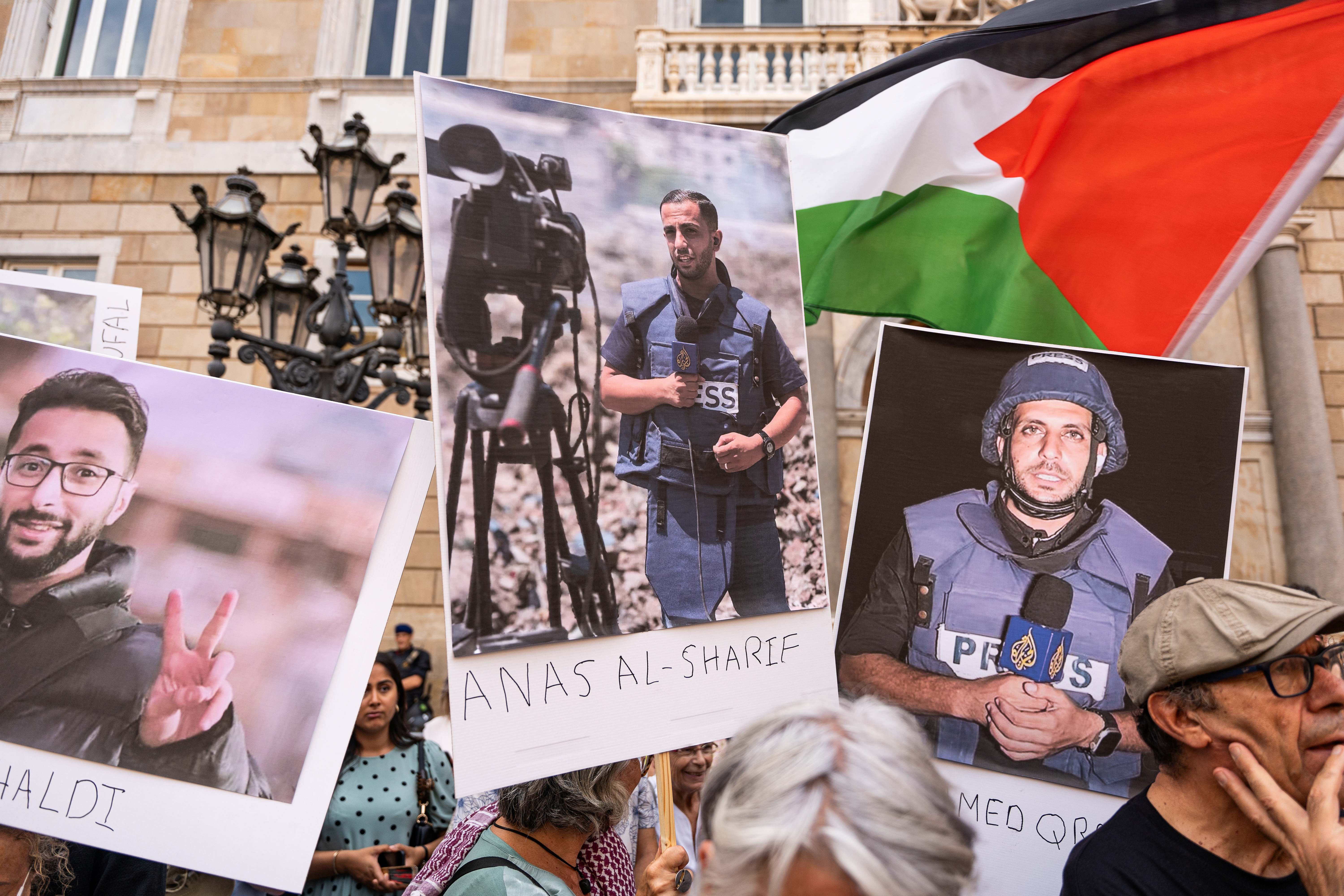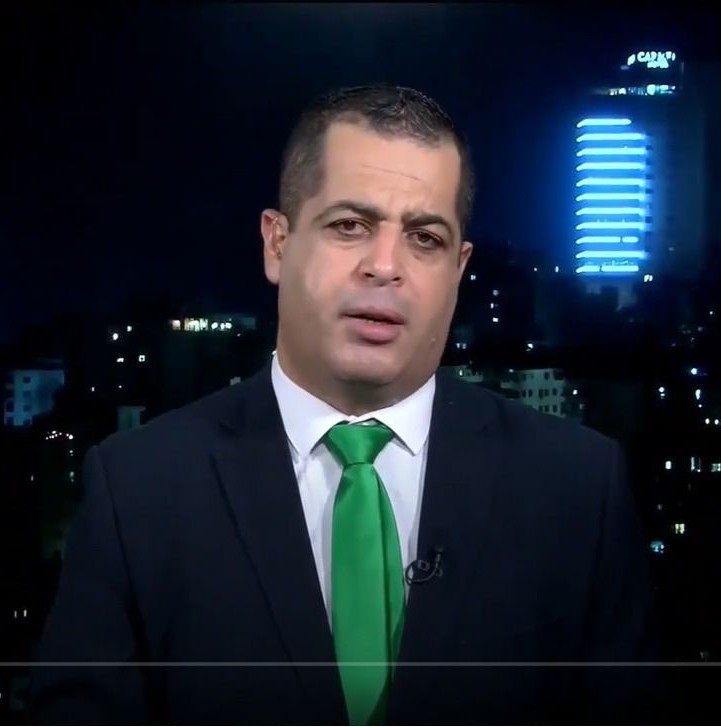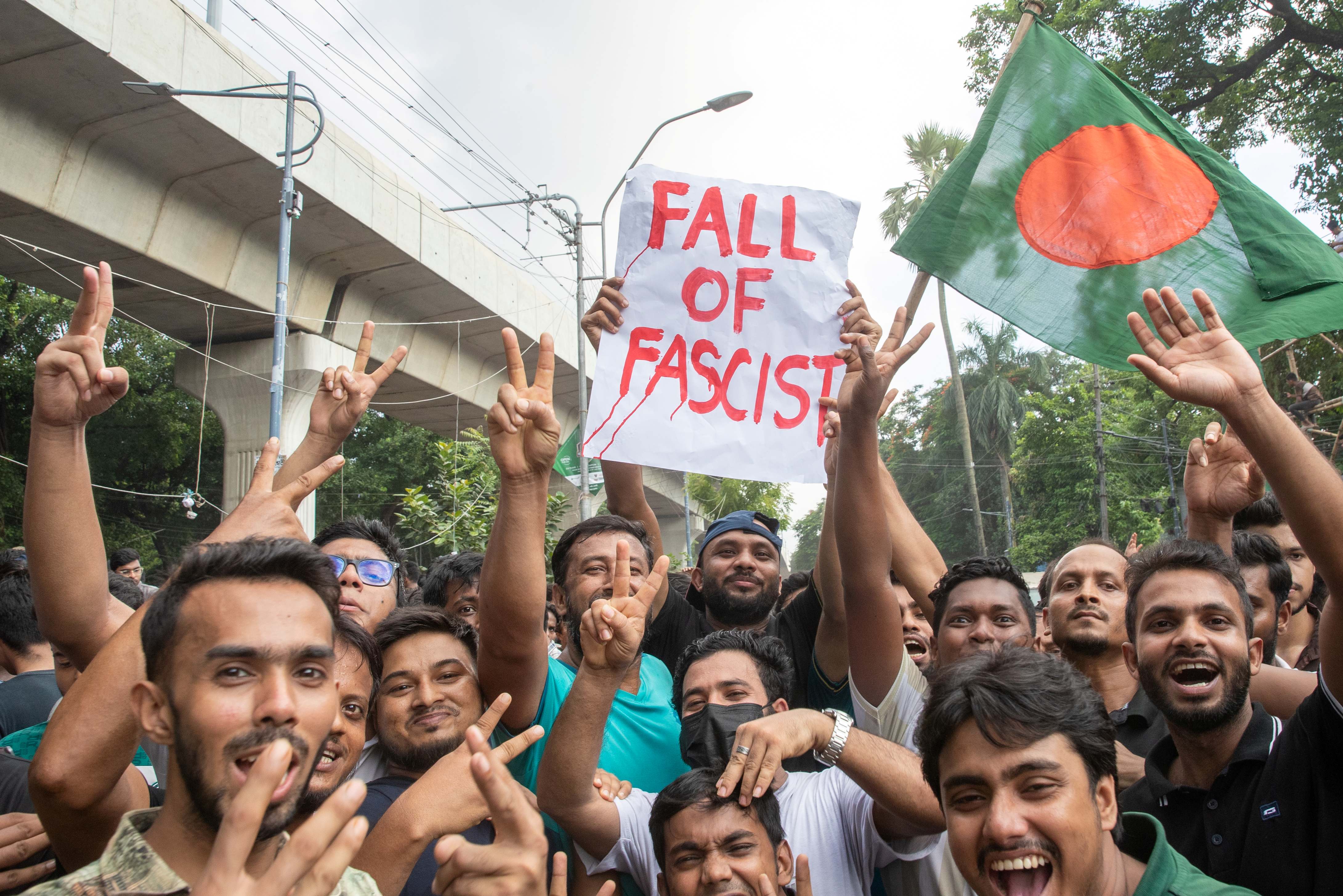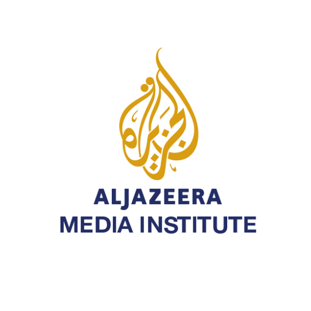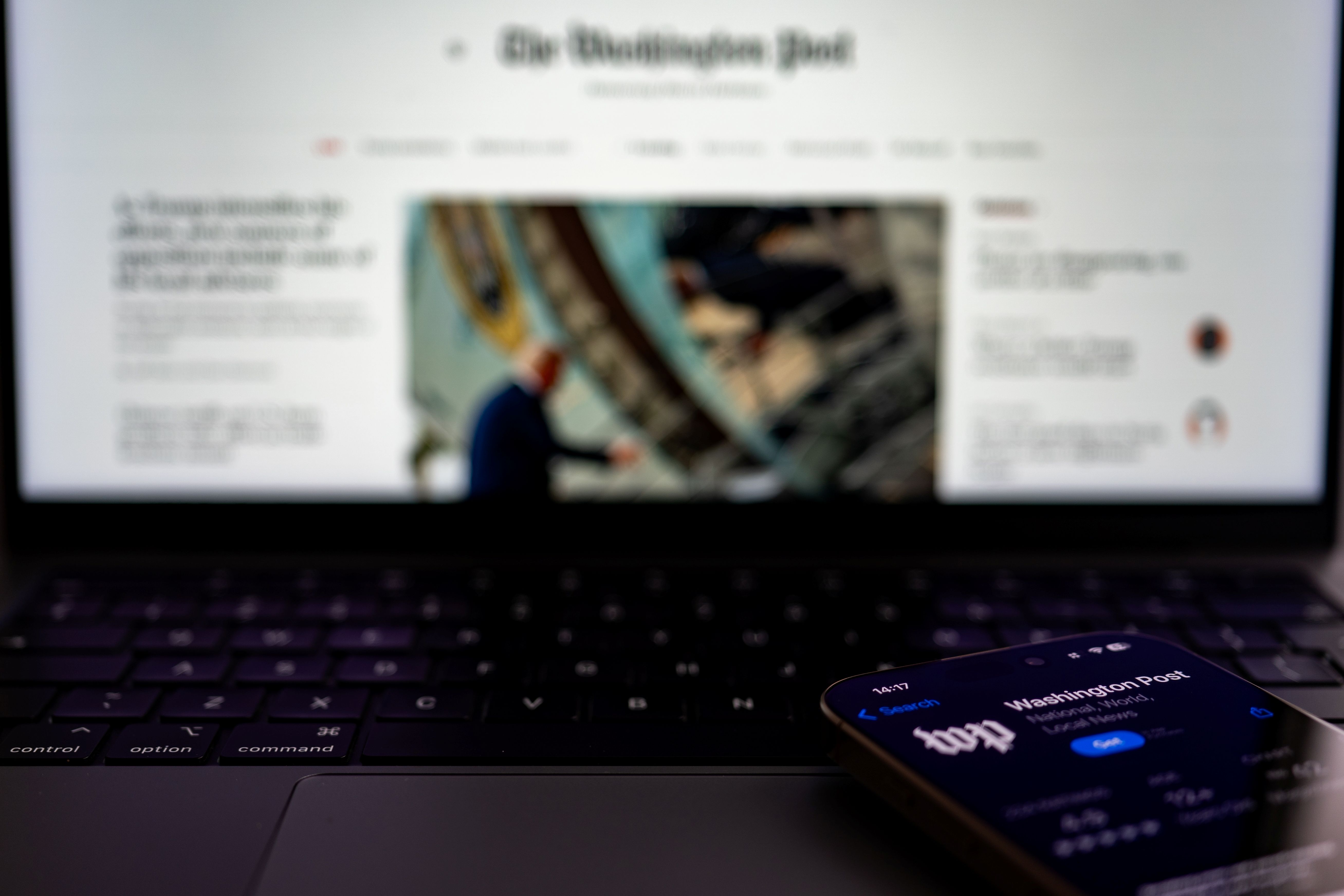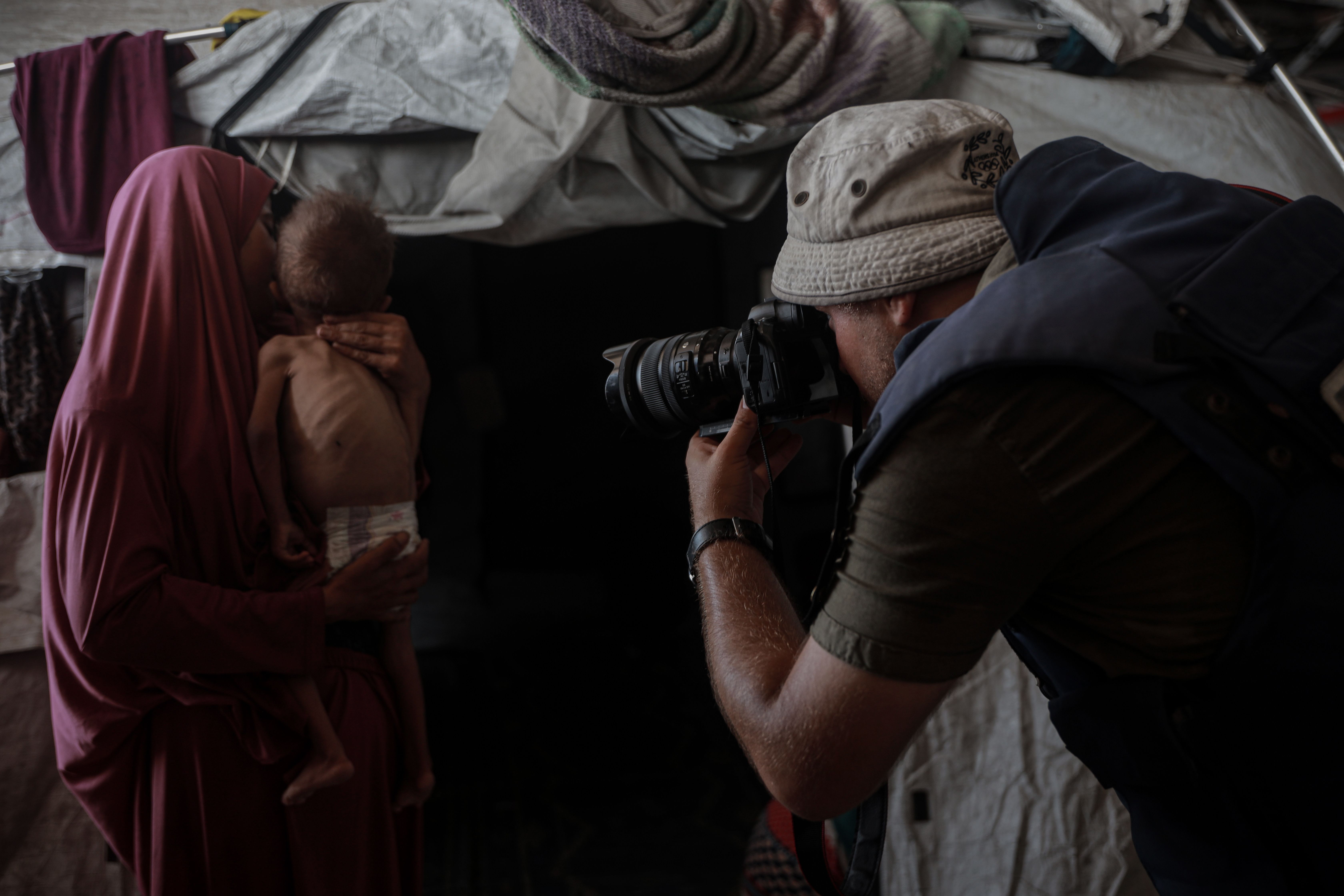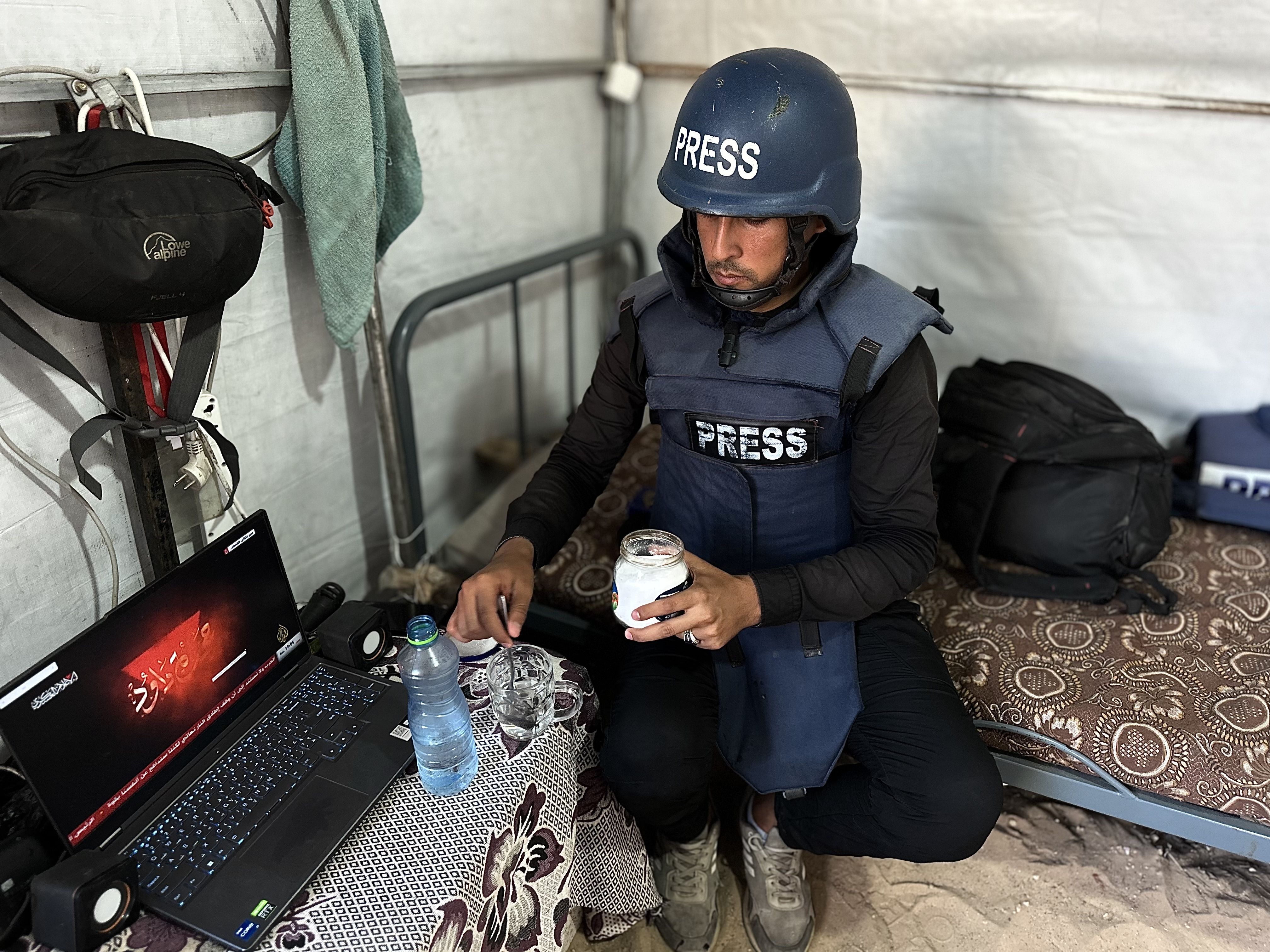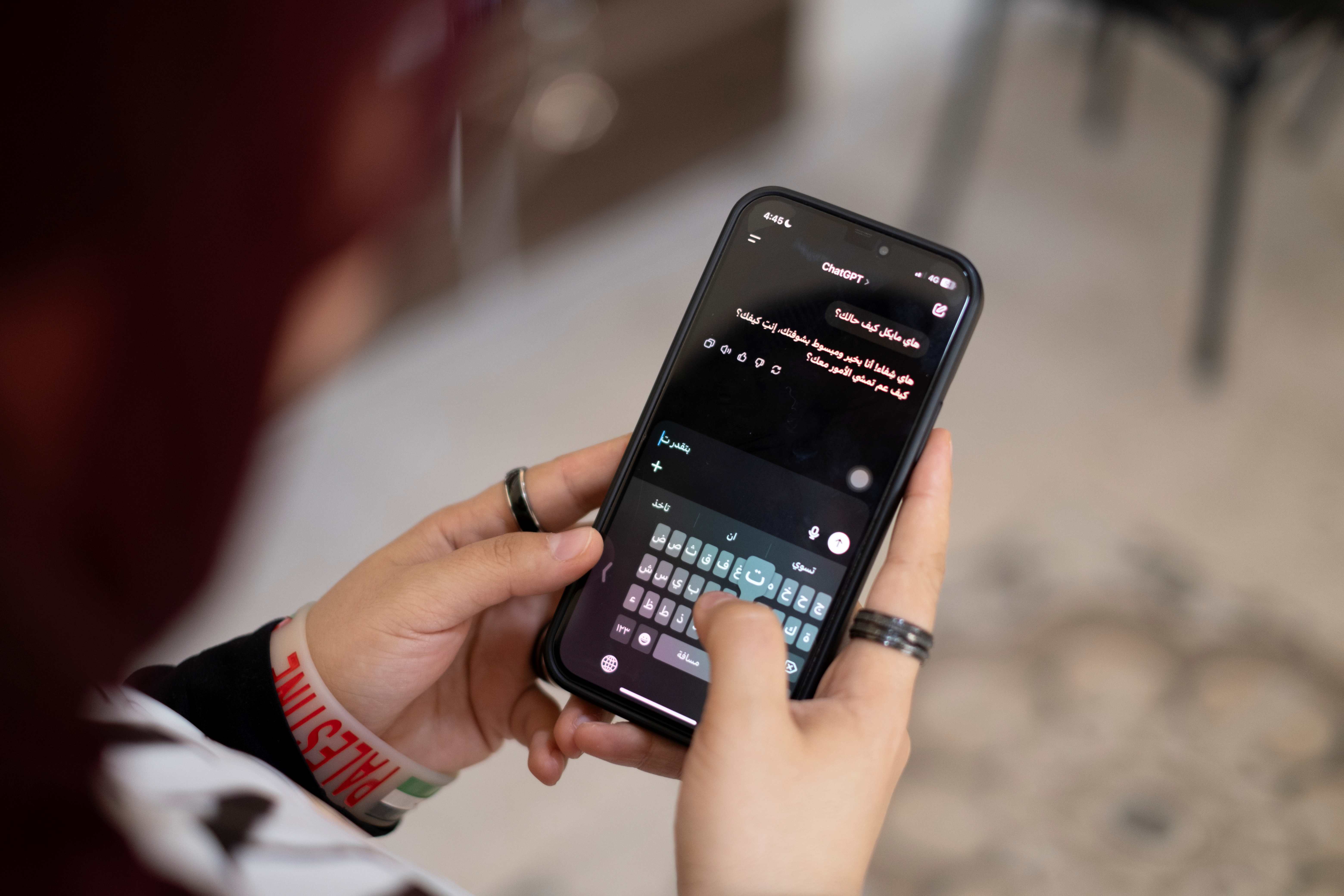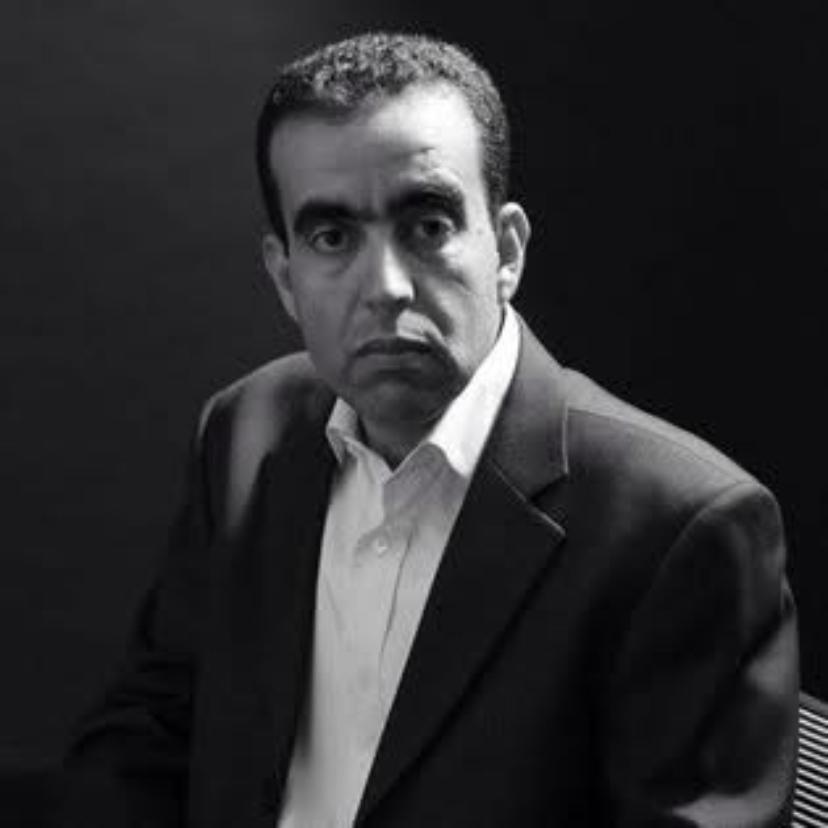يتعاظم مد الإعلام العبري من حيث الوصول ونوعية الجمهور، وتزداد أهمية الوقوف عنده عندما يتحول إلى عدو موجود في أماكن كثيرة في حياتنا على صورتين: الأولى عندما يصبح موجودًا في بيوتنا، وسياراتنا، وهواتفنا، والثانية: عندما نكون كفلسطينيين مادته الإخبارية لخدمة المؤسسة "الإسرائيلية" الأمنية، ولخدمة الصورة الذهنية التي يعمل الإسرائيلي على تكوينها في مجتمعه ولدى الرأي العام العالمي.
يدعم إعلام الاحتلال الرواية الرسمية الصادرة عن الجهات الأمنية، سواء كانت مخابرات أو جيش، ويبدو بصورة عامة منظمًا مجندًا عندما يتعلق الأمر بمواجهة الخطر الفلسطيني المزعوم، يجعل من المجتمع المدني الإسرائيلي ساحة تنافسية بين مؤسساته الإعلامية، يدغدغه تارة، وأخرى يغذي تعطشه للانتقام من الفلسطيني في أماكن وجوده المختلفة، وهو ما يخدم أيضًا جماعات تدفيع الثمن التي ازدهر حضورها ونشاطها بحراسة الجيش.
يمارس الإعلام العبري الانتقائية في تناول الأخبار، فهو يركز على الجريمة في المجتمع الفلسطيني في الأراضي المحتلة 1948، فيما يحول الضحية التي يُسفك دمها وتستباح منازلها ليلًا نهارًا في الضفة الغربية والقدس إلى جانٍ. بالنسبة له، لا فرق بين طفل وامرأة، فعندما يقدم خبره، يستهلّه "بتحييد مخرب"، متجاوزًا كونه إنسانًا، متغاضيًا عن عمره أو كيف تم تحييده، وبعد كل حادثة يقدم كل الإعلام العبري ما يبرر سلوك الجيش حتى وإن أظهرت تسجيلات الفيديو إعدامًا ميدانيًا، فلكل سلوك أمني ما يبرره، وما يجب أن يقدم كحماية وقرابين رضا للمجتمع الإسرائيلي.
حالة الضبط التي يمكن ملاحظتها على سلوك الإعلام العبري؛ من حيث الامتناع عن النشر عند عدم وجود إذن أمني بالنشر، والالتزام بالرواية الرسمية الإسرائيلية، وتجنب ما يمس بمعنويات المجتمع الإسرائيلي، لا يقابلها إلا فوضى في المجتمع الفلسطيني لها ما يفسرها أيضًا، إلا أن الإشارة هنا إلى إستراتيجية متينة تهدف إلى ثلاثة أهداف مهمة:
(أ) شيطنة المجتمع الفلسطيني لتغذية روح العداء لدى المجتمع الإسرائيلي.
(ب) تحقيق الردع لخفض روح المقاومة لدى المجتمع الفلسطيني.
(ج) تضخيم الثمن المدفوع مقابل أي سلوك مقاوم تجاه الاحتلال الإسرائيلي، وهذا يمتد ليشمل العائلة الأقرب فالأوسع، وحالة والدة الشهيد أشرف نعالوة أقرب مثال يجسد ذلك.
هذه الحالة التي يتعاطى معها الصحفي والإعلام المحلي الفلسطيني، والتي وفي ظل تتعدد مصادره الإخبارية المتوفرة، يختار الدوران في فلك الإعلام العبري، وهي حالة لها ما يفسرها من حيث التبعية للمستعمِر، والاغترار به، ولكنها أيضًا تحمل إشكاليات أخرى متعلقة بسلوك الصحفي نفسه. لنرَ مثلًا إشكالية تناول الأخبار، إذ لدينا ثلاثة أنواع منها: النوع الأول هي الأخبار العالمية والتي يمكن الحصول عليها من الوكالات، ورغم ذلك تجد الإعلام المحلي ينقلها عن الإعلام العبري متجاوزًا المصادر الأصلية. النوع الثاني أخبار الداخل الفلسطيني المحتل أو المتعلقة بالاحتلال وعلاقته مع العرب والفلسطينيين، وتنقل ترجمة محضة من دون تحليل أو تمحيص. أما النوع الثالث فهي الأخبار الفلسطينية الداخلية وهنا المتوقع أن يستفيد الصحفي والإعلام المحلي من الإعلام العبري في حالة انعدام المصدر الفلسطيني، لكن يجري تقديم المصدر العبري على المصادر الفلسطينية، ولعل جزءًا من المشكلة هنا أن بعض الساسة يمتنعون عن تقديم تصريحاتهم للإعلام المحلي فيما يبقى الباب مفتوحًا للإعلام العبري.
الإشكالية الثانية متعلقة بمجتمع الصحفيين، فالصحفي الذي يقتن اللغة العبرية، أو شيئًا منها، يُدخل نفسه في حالة سباق ينافس فيها أقرانه، فينقل مترجِمًا عن المواقع العبرية وصفحاتها، سرعة يعوِّض معها غيابه عن شهود الحدث، يترافق معها ترجمة حرفية دون تمحيص وفي كثير من الأحيان بلا تحرير، هو يترجم ليسبق، ويكتفي بنَسب الخبر لمصدره، فترى كثراً يستخدون عبارة: "نقلًا عن مصادر عبرية"، معتبرين أن هذه العبارة كافية لتظهر مهنيتهم، وهنا إشكالية ثالثة، فالترجمة دون تحرير توقع الصحفي في تقديم رواية "إسرائيلية" بمصطلحات تحددها المؤسسة الأمنية أو الإعلامية، متجاوزًا خطورة وقوفه على ثغرة مهمة متعلقة بثقافة المجتمع، والوعي المتراكم الذي يُشكَّل ويُصاغ على فترة زمنية طويلة، يتأثر معها هذا الوعي بكل لفظ، بكل شكل يظهر فيه الخبر، فالاحتلال يسعى من خلال برمجة مصطلحاته إلى برمجة تطال الجمهور العربي بما فيه الصحفيين، فمثلًا حين يستخدم وبكثرة لفظ "أحبط جيش الاحتلال"، "تحييد مخرب"، مع الوقت تسود حالة من الإحباط واللا جدوى لدى الضحية المستهدفة حتى لا تكرر فعلها المقاوم، ولتنشغل فيما لا يُشبع اليأس ويغذّيه.
لنأخذ حالة الانتفاضة الأخيرة أواخر العام 2015، عندما لوحظ تأثير وصايا الشهداء الفلسطينيين وضحايا الإعدام الميداني، بتنا نلاحظ اقتحام جيش الاحتلال لمنازل الشهداء قبل الإعلان عن أسمائهم أو حالتهم، في محاولة للوصول إلى آثار الشهداء والضحايا قبل أن تأخذ هذه الآثار طريقها إلى مواقع التواصل الاجتماعي من خلال صحفي نشيط أو صحافة المواطن، في محاولة لحصر تأثير وصايا الشهداء الباذلين دمهم على مقصلة الاحتلال، هنا كان الصحفي الفلسطيني يملك زمام الخبر، وهي مساحة يتفوق فيها على الإعلام العبري.
في السياق ذاته، يسعى الاحتلال جاهدًا إلى إظهار الجانب الإنساني لقتلاه، فتجد الصحفي الفلسطيني يقوم بنشر الصور ذاتها، وسواء كان بدافع الاستهزاء أو الإعلام، فإنه ببساطة بات يمارس التسويق للاحتلال بما يمنح له من مصداقية، ويدخل في الدائرة التي رسمها الاحتلال؛ اتساع رقعة النشر، تحت ذرائع كثيرة يجد الصحفي مخرجًا ليبرر سبب نشره لخبر أو صورة أو فيديو كما هو دون تحرير أو معالجة ليغدو مناسبًا لأهداف وغايات المشروع الفلسطيني ورغبته في التحرر والتحرير، فالإعلام العبري الموحد في سياساته التحريرية، وفي قوة تدفقه لحظة الحدث أو حين تلقيه قرارا بالنشر، يقابله حالة فوضى، يحكمها هوى النفس، وحب الاستعراض، والتنافس المرضي أحيانًا، وفي الوقت الذي يركز فيه الإعلام العبري في كل برامجه اليومية على قضاياه المحلية فإنه يوميًا أيضًا يخصص مساحة تغطي مادة من الضفة الغربية، ومادة أخرى عن الجريمة في الوسط العربي، يقابل ذلك في الإعلام المحلي الفلسطيني اليومي -الإذاعات والتلفاز نموذجًا- حالة من الضياع والإغراق المفرط في الهموم والتفاصيل اليومية والترفيه، وتغذية العصبيات خاصة الحزبية ويتركز ذلك في البرامج النهارية، وفيما ينجح الإعلام العبري والمجندون لخدمته في الحد من وصول وانتشار المحتوى الفلسطيني، ويتعاون مع فيسبوك وغيره من مواقع التواصل الاجتماعي لخدمة ذلك من خلال الحذف المستمر للمحتوى الفلسطيني، يفقد الصحفيون ومؤسساتهم منصاتهم تدريجيًا دون وجود بدائل تحجز للرواية الفلسطينية موقعها وتحميها من التغييب أو الاندثار، وفيما يتجه العالم نحو تكوين تكتلات جماعية لخدمة الغايات المشتركة؛ لا زال الإعلام الفلسطيني ممثلًا بالصحفيين غير متهيئ لهذه الثقافة.
كذلك يبث الإعلام العبري عادة الخبر مضخمًا، لينتشر كالنار في الهشيم، سواء كان خبرًا صحيحًا 100% أو لم يكن، كالأخبار التي تتناول حيازة سكين أو محاولات الطعن، في المقابل يتلقى الصحفي الفلسطيني الخبر مترافقًا مع حالة من الإنكار والرفض دون البناء على معلومات حقيقية، بل قد يضيف الصحفي من عنده أن الحادثة لم تكن طعنًا فالضحية كانت تقطف الزيتون! أو الضحية تعاني من إشكالية اجتماعية وليست عملية مقاومة! حسنًا.. لعل الخبر "الإسرائيلي" مبالغ فيه، ولكن ما الذي يبرر للصحفي التمترس خلف حالة الإنكار دون القيام بدور حقيقي في التقصي والإثبات؟ قد تكون الضحية لم تمارس أي مقاومة ولكن هذه الإجابة لا تأتي دون بحث أو اكتمال للأدلة، وكثيرًا ما أعقب حالة الإنكار هذه ظهور فيديو مسجل يُظهر الشهيد وهو ينفذ عملية الطعن (مثلًا) ليثبت عكس ما قدمه الصحفي، فإذا كان السياسي الفلسطيني يستخدم الإنكار كدبلوماسية أو قناعة فإن الصحفي لا يتوقع منه إلا تقديم الوقائع والتحقق منها.
ورغم أن المقال لم يتناول وسائل الصحافة الفلسطينية وكيفية تعاطيها مع الخبر والمقال والتقرير المنقول عن مصادر عبرية، إلا أنه بحسب دراسة (1) أجرتها طالبة في كلية الإعلام بجامعة الخليل عام 2017 تناولت تحليل 249 مادة تم نقلها من مصادر عبرية إلى أربعة صحف فلسطينية (القدس، الحياة الجديدة، الأيام، فلسطين)، أظهرت الدراسة نقلًا بنسبة 55.8%، أخبار ومقالات وتقارير إخبارية بالترتيب، كما أظهرت نقلًا دون مراجعة أو تحرير في ما يتعلق بالمصطلحات المستخدمة باستثناء صحيفة فلسطين التي حررت كل المصطلحات فيما نقلته من أخبار ولم تنقل أو تترجم أي مقال عبري، وتعزو الباحثة السبب إلى الخلفية الأيديولوجية للصحيفة، وأكدت دراسة سابقة (2) في جامعة القدس عام 2015 أن الإعلام الفلسطيني ينقل الرواية الإسرائيلية بما تحتوي من معلومات كما هي، ويكتفي بتغيير شكل المادة الإعلامية فقط. إلا أنّه لا يوجد للآن دراسة تتناول سلوك الصحفيين وتأثير خلفياتهم الثقافية والأيديولوجية في تناول الخبر وترجمته.
عندما يدرك الصحفي الفلسطيني أهمية دوره في صناعة الوعي، وصياغة أسس المواجهة، وأهمية توحد الصحفيين في بوتقة واحدة لتشكيل لوبي ضاغط حقيقي يوفر له الوسائل والخيارات لإحراز نجاح فعلي في الميدان الإعلامي المقاوِم في سياق مشروع تحرري يسعى إليه شعبه؛ يمكنه التغلب على التحديات والإشكاليات التي تواجهه أثناء اضطراره للتعامل مع إعلام الاحتلال، فربما تعوزه الوسائل مع الزمن ولكن يجب ألا يفتقر إلى الحس الناقد، المنحاز لثقافة شعبه، ويجب ألا يفتقر إلى حس المغامرة ليبقى في طليعة الأخبار المحلية.
المراجع:
1- عبيات، أحلام، تحليل المواد الإعلامية المنقولة من الإعلام والمصادر الإسرائيلية إلى الصحف الفلسطينية اليومية الأربعة، جامعة الخليل، 2017.
2- مسالمة، محمد يوسف، الآثار المعرفية والسلوكية للإعلام الإسرائيلي الموجه باللغة العربية على الشباب الفلسطيني في الضفة الغربية والقدس خلال حربي 2012 و 2014، جامعة القدس، 2015.
صورة المقال: عمار عواد - رويترز









